Playground safety is a top priority. Choosing the right playground surfacing can help you reduce the chance of injuries, bringing you one step closer toward creating a safer play environment.
Choosing the best safety surfacing means looking at different factors, from budget to fall attenuation, accessibility and more. This safety surfacing overview is one tool you can use to determine what is right for your playground.
Surfacing Options
There are plenty of playground safety surfacing options to choose from; however, because ADA compliance is the law, this article only deals with ADA approved surfacing options – loose-fill and unitary.
Loose-Fill Surfacing includes Engineered Wood Fiber (EWF) and rubber playground mulch.
Why Use Loose Fill Surfacing
- Provides excellent fall protection (shock absorption).
- Typically, less expensive.
- Easily and quickly installed.
- EWF, similar in appearance to landscaping mulch, provides an attractive, natural look.
- Shredded rubber playground mulch, typically from used tires, makes a great choice if using recycled products is a priority; it doesn’t decompose, is splinter-free, and extremely durable.
Cons for Loose Fill Surfacing
- The loose material makes it more difficult for a child with a mobility device to maneuver in.
- Playground activity causes the loose surfacing to get displaced so it requires more frequent maintenance to meet guidelines. For instance, it may need to be “topped off” to ensure the correct depth for compliance standards.
- EWF mulch naturally decays, which requires it to be replenished over time.
- Unitary Surfaces include Poured-in-Place (PIP) rubber, Interlocking Rubber Tiles and Synthetic Grass with fall attenuation padding.
Why Use Unitary Surfacing
Smooth, seamless surface makes it easier for children with mobility devices to roll or walk over, making it a great solution for accessible playgrounds
- Less maintenance required.
- Playable in almost any weather.
- No displacement of the surface means it won’t get “kicked out” from under equipment.
- Provides the proper impact attenuation for playgrounds at a range of fall heights.
- Poured-in-Place surfacing is available in a wide variety of colors, shapes, and designs.
- Synthetic Grass surfacing offers a natural appearance, with little maintenance and without the allergens associated with natural grass and its superior drainage means children can play sooner after a rain.
- Unitary surfacing can last 10-15 years, which, along with lower maintenance costs, can offset the initial higher cost over the life of the product.
- Easy to clean, non-skid surfaces.
Cons for Unitary Surfacing
- Typically, more infrastructure is needed, such as a concrete base.
- More expensive initially due to infrastructure and materials.
Important Factors
A play equipment consultant can be a great resource for helping you ensure that all critical fall heights and required safety surfacing use zones are correct. Your consultant should also be able to help you with ADA compliance and required ADA access to the playground.
• ADA Accessibility Legal Requirements
The ADA establishes standards that require public facilities – which includes newly constructed and updated playgrounds – be readily accessible to, and usable by, individuals with disabilities. This means:
- You must provide an accessible path to the playground, such as ramps and/or barrier-free travel routes that include an accessible protective surfacing to each structure intended to be used by children with disabilities.
- The playground must meet the ADA compliant ratios of accessible ground level and elevated play events.
• Critical Fall Heights / Impact Attenuation
According to the CPSC, falls to the playground surface account for nearly 70 percent of all injuries. A fall onto a hard surface, such as concrete, blacktop, or packed earth can cause serious injuries, so the surfacing under and around playground equipment is an extremely important safety measure. Head injuries, the most serious type of playground injury, can be reduced by using the proper shock-absorbing playground safety surface under and around play equipment.
Within the play area, safety surfacing must comply with ASTM regulations for impact attenuation. Safety surfacing manufacturers can provide fall attenuation data to enable you to make an informed decision about the depth needed for your surfacing material.
Terms to know include:
Fall height: defined as, “The vertical distance between a designated play surface and the playground surface beneath it.”
Critical height: defined as, “The fall height below which a life-threatening head injury would not be expected to occur.”
• Use Zones
When surfacing a playground, there are compliance standards that must be met, which includes ensuring appropriate use zones around the playground equipment.
A use zone is essential under and around equipment where a child might fall or be expected to land. This area should be free of other equipment and obstacles onto which a child might fall. For instance, the use zone in front and back of a swing should extend out a minimum distance of twice the height of the swing as measured from the top of the safety surfacing to the bottom of the top rail where the swings attach. For 8-foot swings, this means having 16 feet on either side, for a total of 32 ft. width.
• Drainage and Topography
Good drainage is a critical part of keeping the playground surfacing safe and usable. Other issues to keep in mind include:
- Standing water can compromise impact attenuation (i.e., loose fill materials constantly under water may lose their fall-height rating).
- Too much slope can cause loose-fill surfacing materials to migrate to the lower end of a play area.
- If the soil doesn’t allow water to pass through easily, a drainage system may be needed.
- Freezing and thawing of standing water may lift and deform unitary materials causing them to lose resiliency and compliance.
- Water-logged areas can turn loose fill surfacing into a ‘block’ of ice.
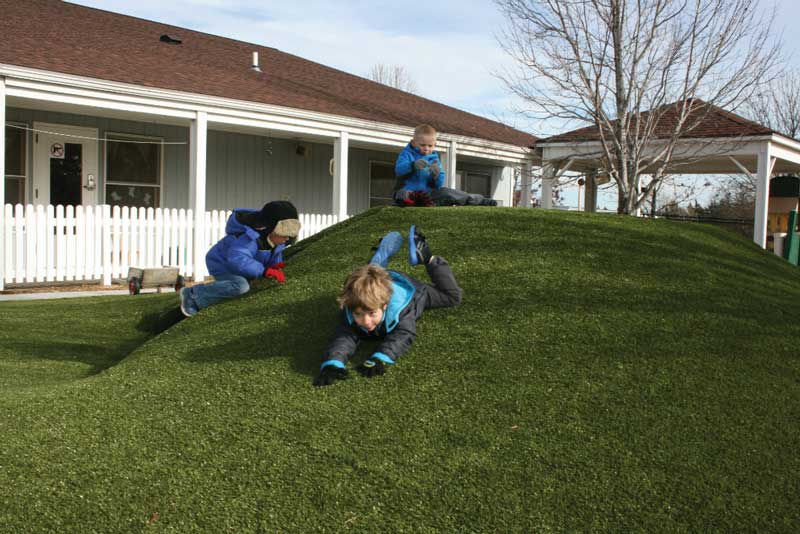
Kids can safely romp and roll around on soft synthetic grass. Security Benefit child care facility, Topeka, KS.
Planning for Playground Safety Surfacing
When planning a new playground or playground renovation, know what ages and abilities your playground needs to accommodate. Then conduct an on-site review of the surfaces underneath and around the playground equipment, asking questions such as:
- What is the highest deck height or highest upper body play piece of the equipment?
- What is the depth needed for surfacing?
- Where should the surfacing be placed?
- Does it meet American Society for Testing & Materials (ASTM) standards and CPSC guidelines?
- Does it have a proven track record in similar climates?
- Is it readily available?
- What are the playground’s drainage needs?
- What is the impact attenuation (i.e., shock absorbing properties) or CFH of the playground surfacing?


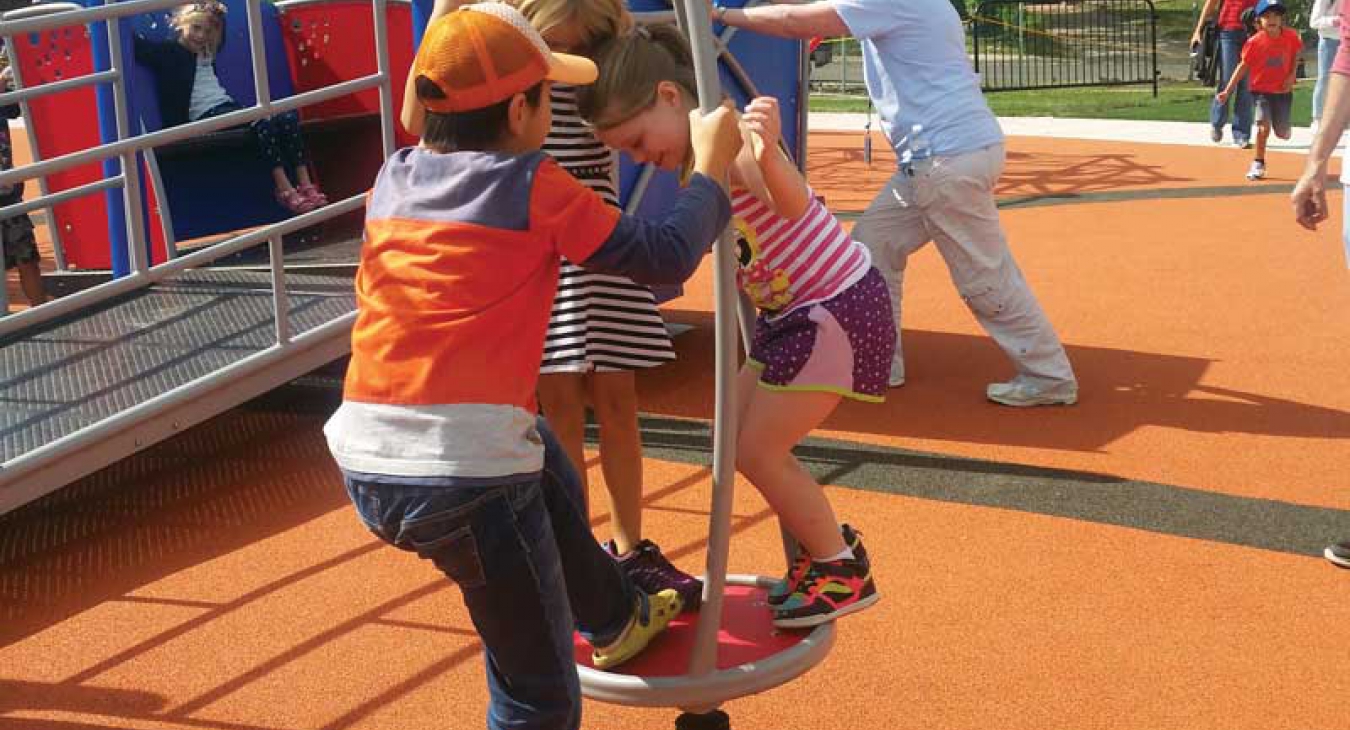
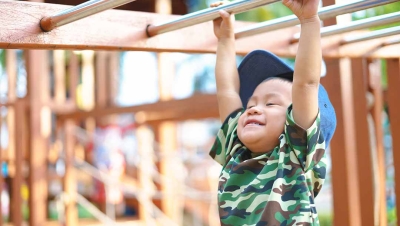
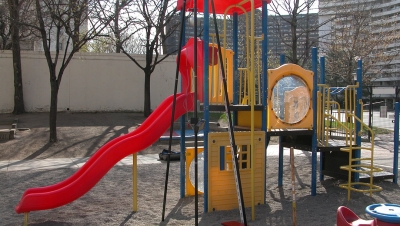
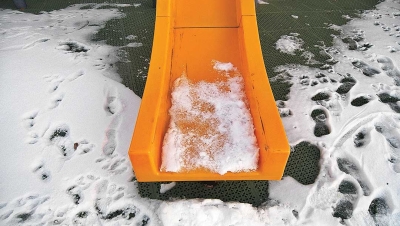



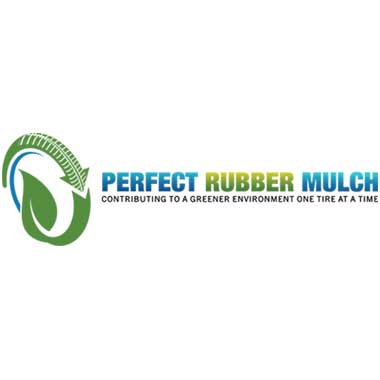
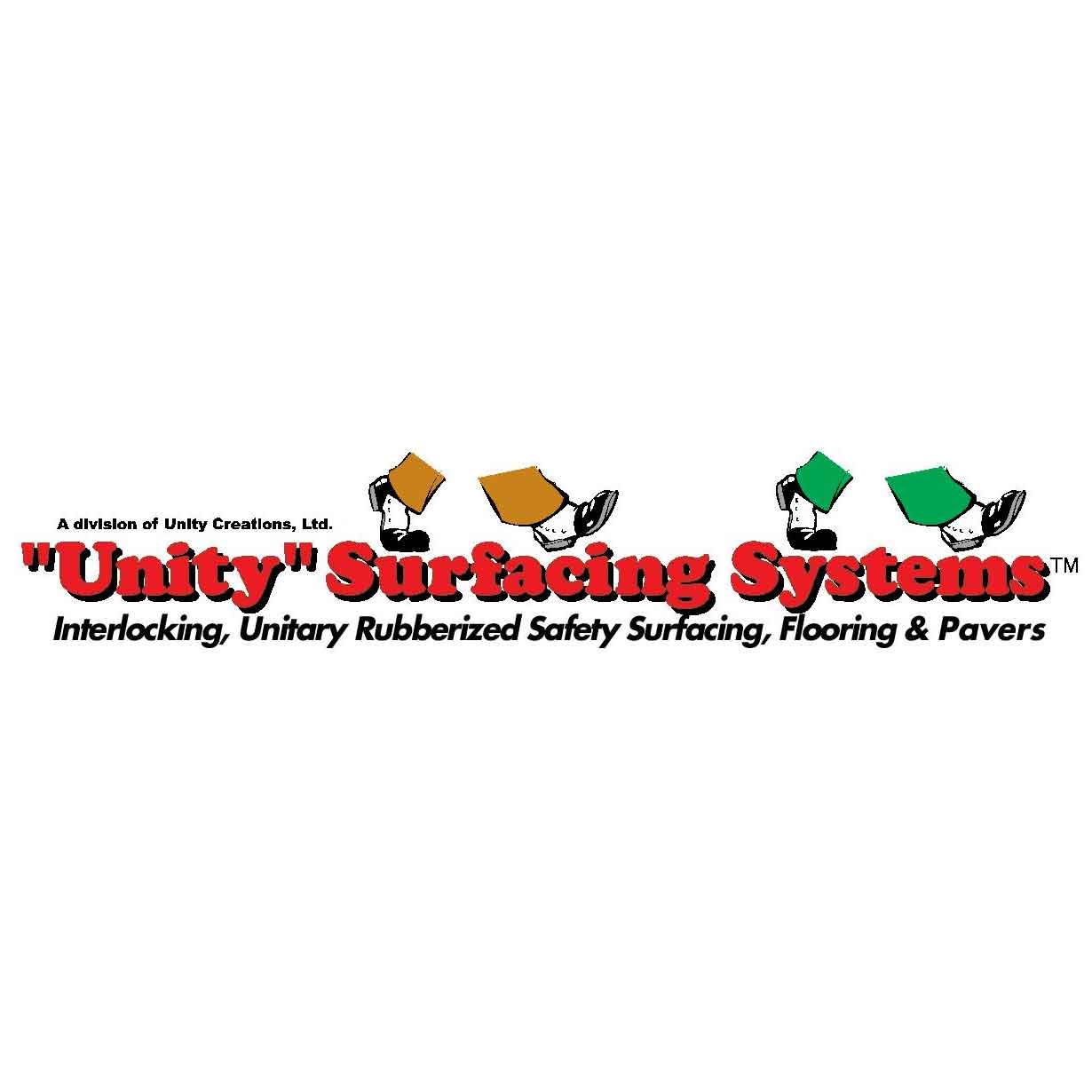
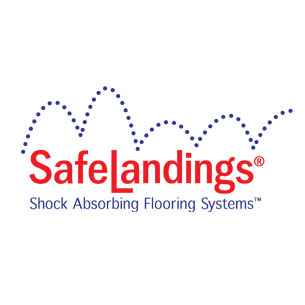
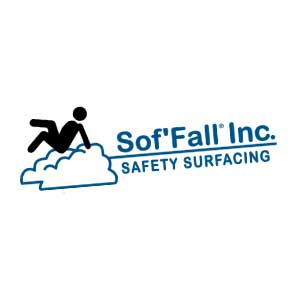
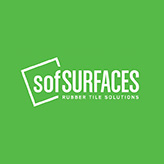
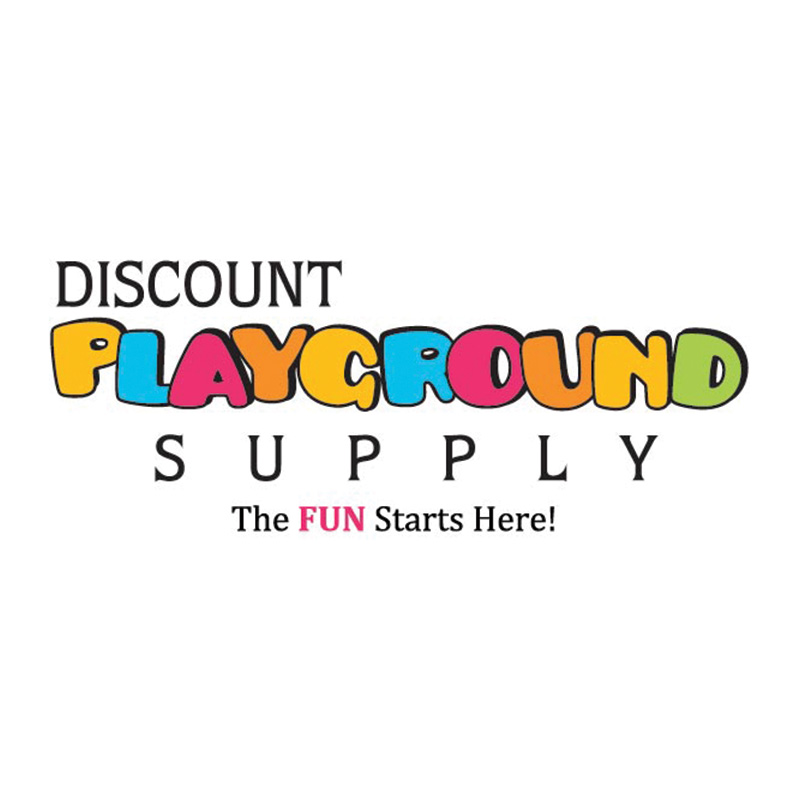
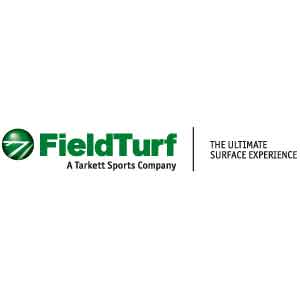
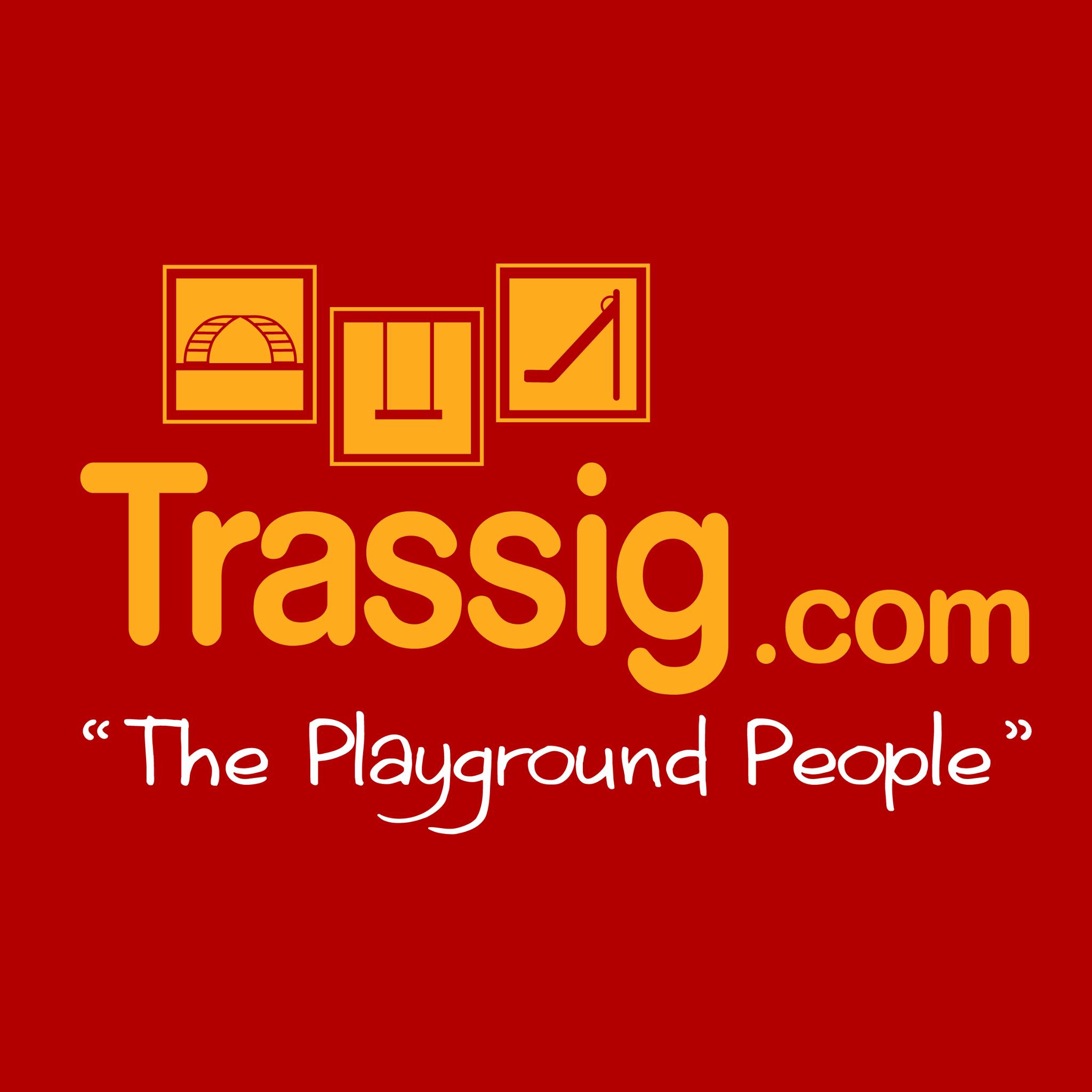

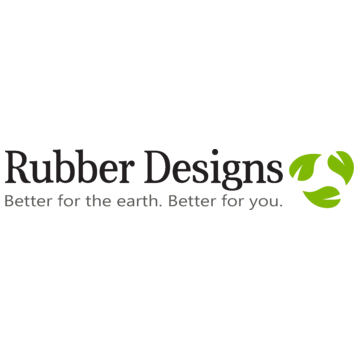
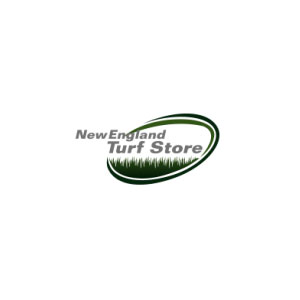
Add new comment